Call us today for a free consultation
LiDAR 3D Scanning Resources
-
Transforming Hospital Renovations: The Role of 3D LiDAR Scanning in Coordination and Cost Reduction
Lidar scanning Hospital Renovations are complex undertakings that require meticulous planning, coordination, and execution. From accommodating evolving healthcare needs to complying with stringent regulatory requirements, every aspect of the renovation process demands careful attention. In this blog, we’ll explore how 3D LiDAR scanning technology is revolutionizing hospital renovations by facilitating coordination among architects, engineers, contractors,…
-
Transforming Real Estate: 3D Point Clouds
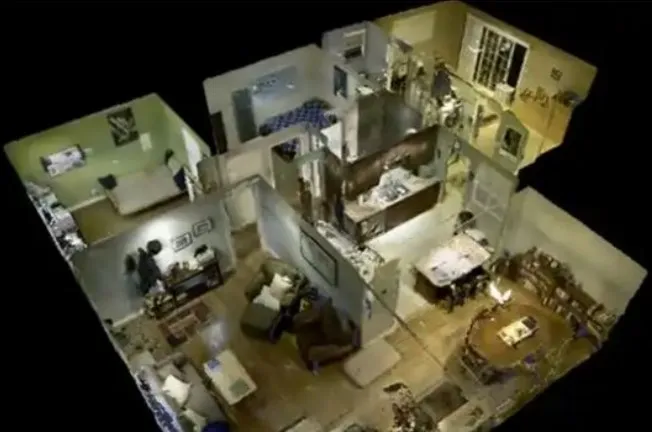
The real estate industry is no stranger to technological advancements. Now 3D point clouds have emerged as a powerful tool in reshaping the way properties are bought, sold, and managed. 3D point clouds, generated through 3D laser scanning and LiDAR technology, provide a detailed and accurate representation of properties. This is enabling real estate professionals…
-
3D Scanning to Point Cloud
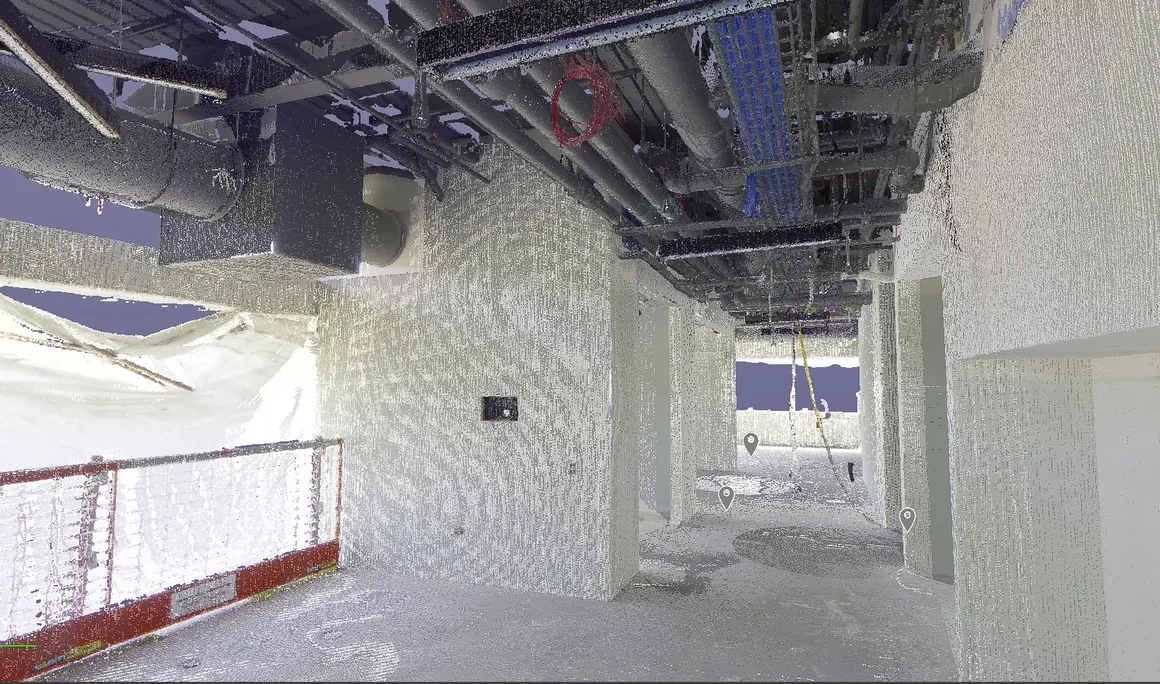
Use our construction service to go from plan to a 360 degree HDR Photo that you can measure to a point cloud creation with 3D scanning in the format of your choice to detailed reports such as a FF/FL Heat map of your project. Take virtual fly-through of your work in place.
-
The Power of Elevational Heatmaps in Construction
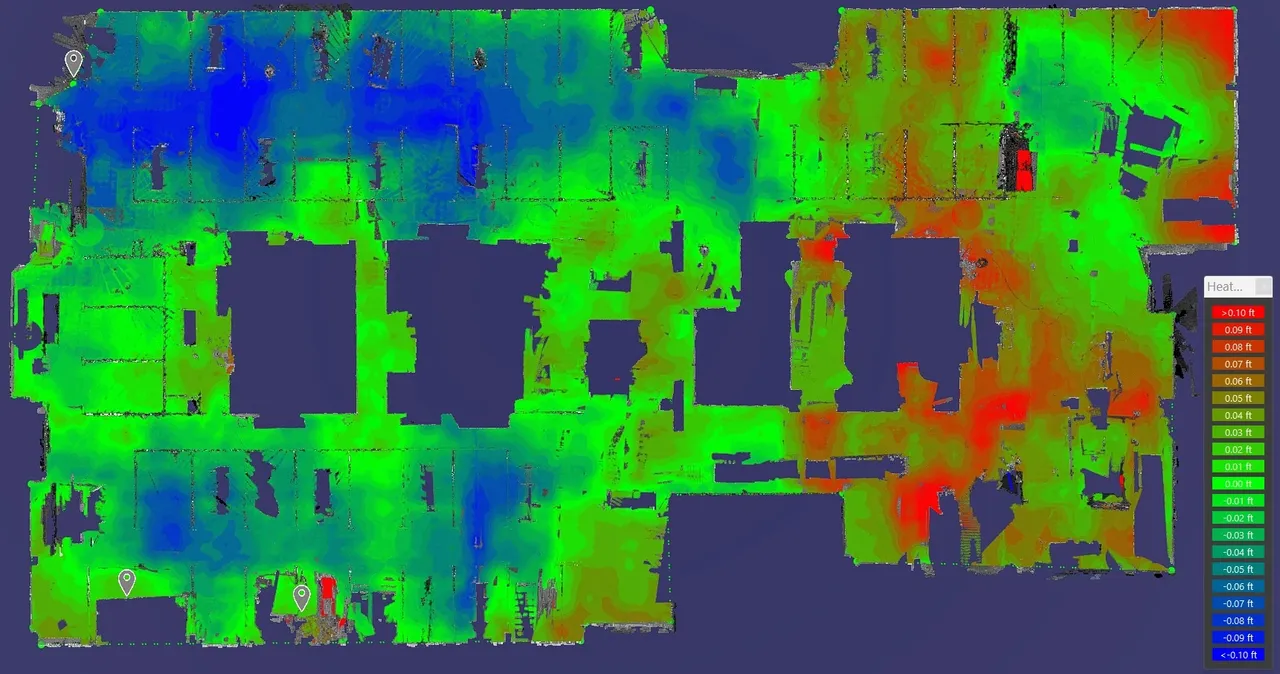
In the ever-evolving landscape of the construction industry, technological advancements continue to reshape traditional practices. One such innovation that stands out is the use of elevational heatmaps in concrete finishes. This transformative tool has found its niche in the concrete and flooring sector, offering unprecedented insights and benefits that significantly impact efficiency, quality, and overall…
-
Precision in Practice: Transforming Carpet Replacement
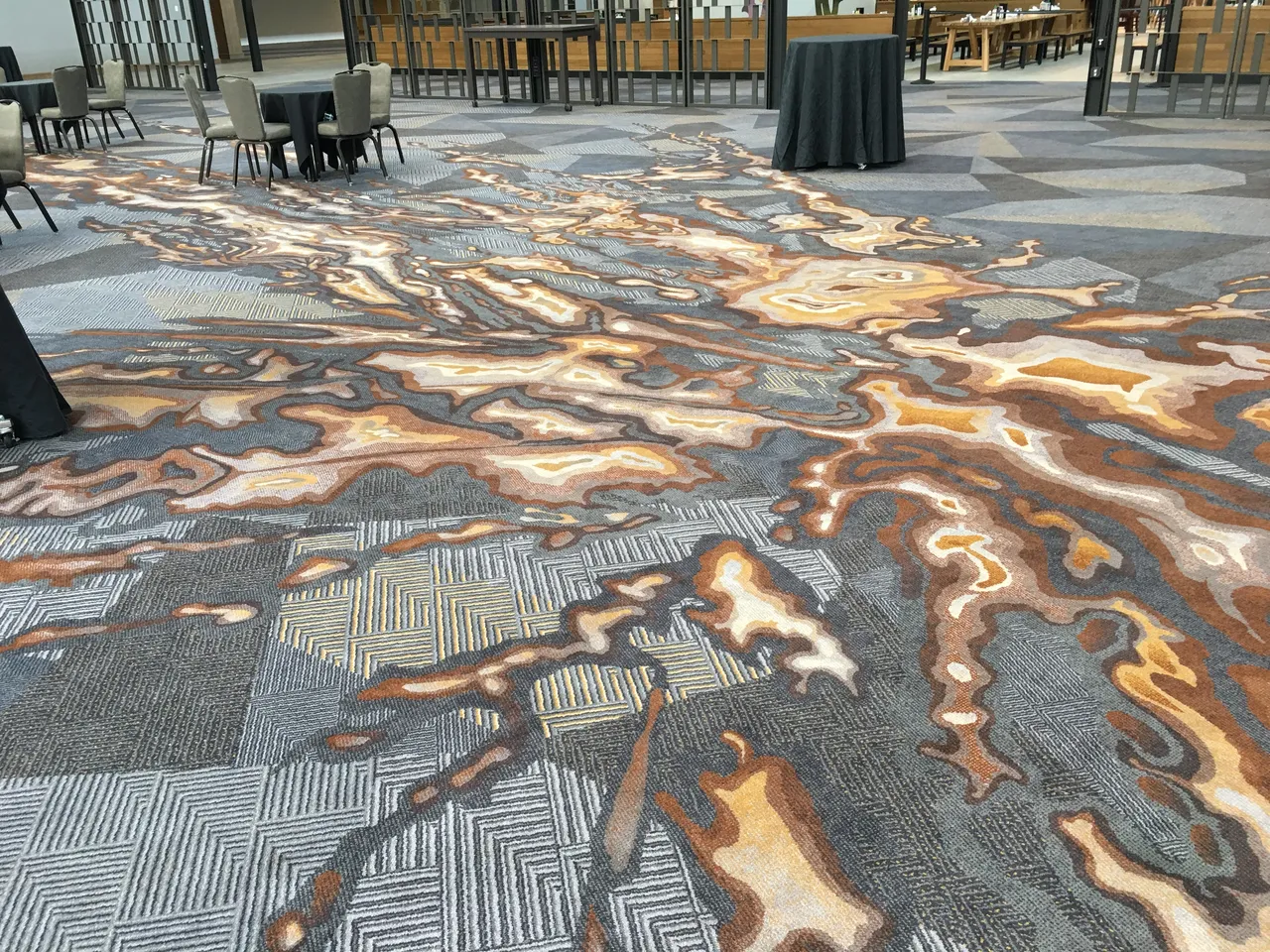
The world of carpet replacement is undergoing a profound transformation, thanks to the remarkable capabilities of 3D LiDAR (Light Detection and Ranging) scanners. These high-tech devices have the power to revolutionize the way carpet mills approach field measurements for hall carpet replacement projects such as existing hotels and multifamily residences. In this comprehensive blog post,…
-
Protect Your Home: A Guide to Using 3D Lidar Scans for Insurance

Your home is not just a structure; it’s a sanctuary filled with memories, cherished belongings, and your family’s safety. Ensuring its protection in the event of unexpected incidents is paramount. While traditional methods of documenting your property for insurance claims have served their purpose, technological advancements have introduced more accurate and efficient options. In this…
-
Leveraging 3D LiDAR Scanning for Winning Renovation Bids

Leveraging 3D LiDAR Scanning for Winning Renovation Construction Bids In the world of construction, winning a bid for a renovation project can be a fiercely competitive endeavor. Whether you’re a contractor, architect, or project manager, your proposal needs to stand out among the crowd. One way to gain a significant edge in this highly competitive…
-
Enhancing Construction with LiDAR: Elevator & Stairwell Scanning
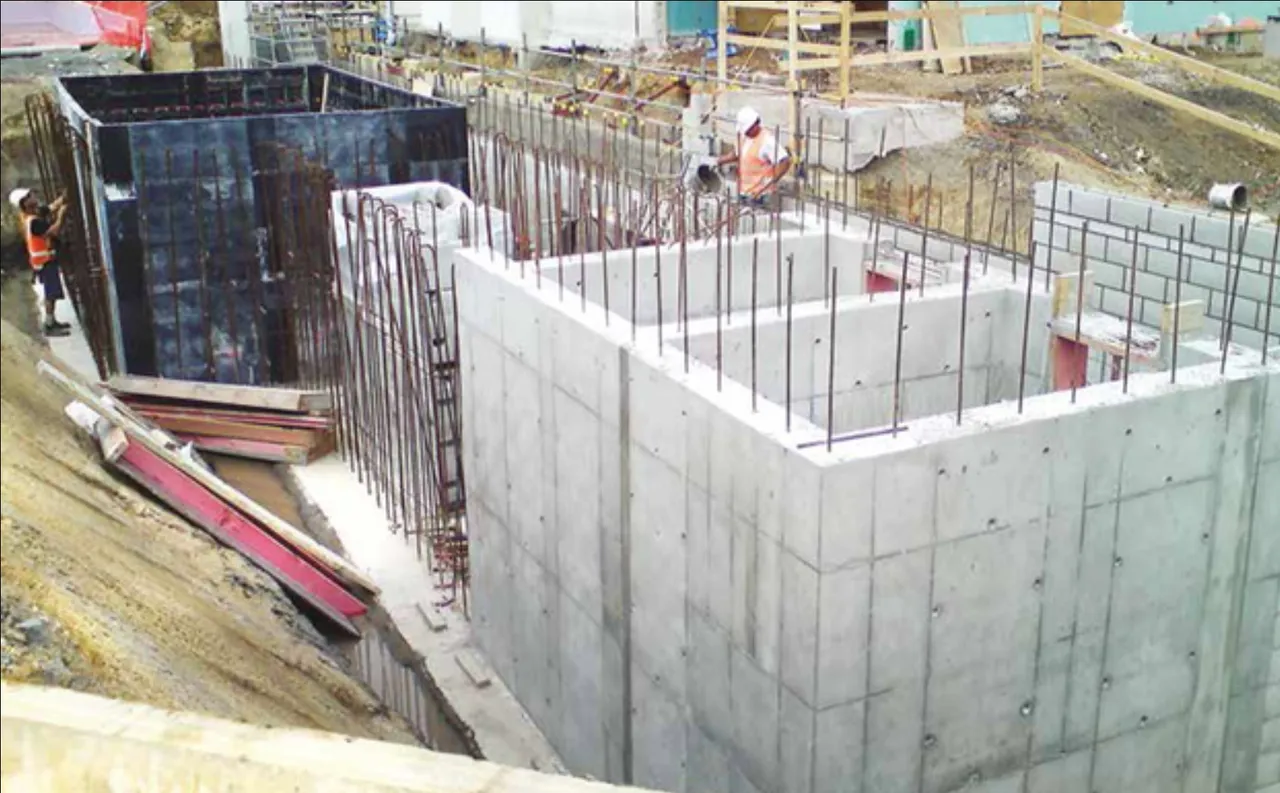
Understanding LiDAR Scanning LiDAR, which stands for Light Detection and Ranging, is a remote sensing technology that uses laser light to measure distances with a high degree of precision. This technology has been widely adopted in various industries, including forestry, geology, archaeology, and urban planning. In recent years, it has also gained significant traction in…
-
Addressing Surface Deficiencies to Achieve Project-Specific FF/FL

In the realm of construction, achieving specific Floor Flatness (FF) and Floor Levelness (FL) ratings is often a project requirement. These ratings, which define the flatness and smoothness of concrete floors, are critical for various applications, including industrial facilities, warehouses, and commercial spaces. However, meeting these project-specific FF/FL standards can be particularly challenging when confronted…
-
3D Laser Scanning: Post-Tension Slabs Before and After Placement
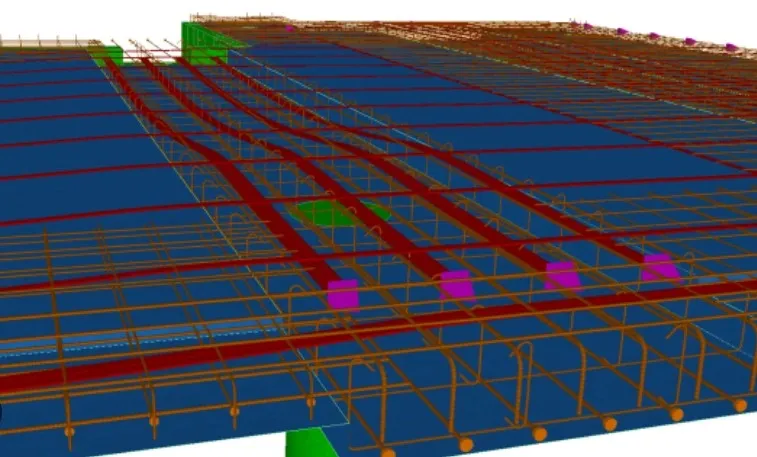
In the intricate world of construction, precision is paramount. Enter 3D laser scanning—a game-changing technology that is revolutionizing how we approach complex structural elements like post-tension slabs. With the ability to capture detailed spatial data, 3D laser scanning offers a transformative approach to understanding, planning, and verifying post-tension slabs both before and after the concrete…
-
Enhanced ADA Compliance in Construction Through 3D LiDAR Scanning
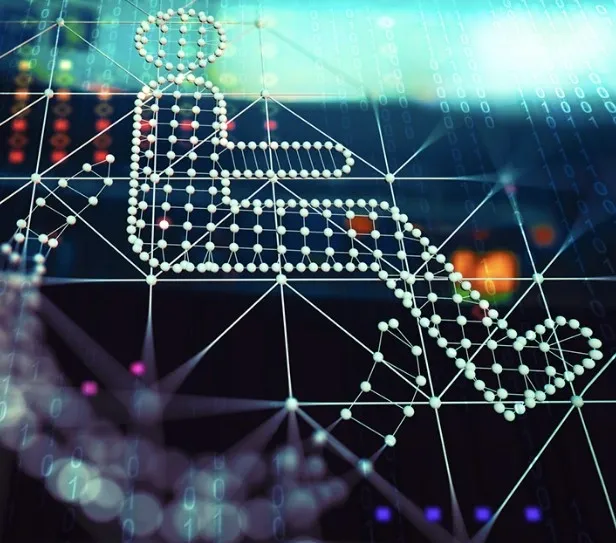
In the realm of construction, one fundamental principle stands above all: inclusivity. The Americans with Disabilities Act (ADA) was enacted to ensure that people with disabilities have equal access to public spaces, and it has profoundly impacted the construction industry. The integration of 3D LiDAR scanning technology has emerged as a game-changer, offering an innovative…
-
How 3D LiDAR Scanning and Digital Twins Empower Property Owners
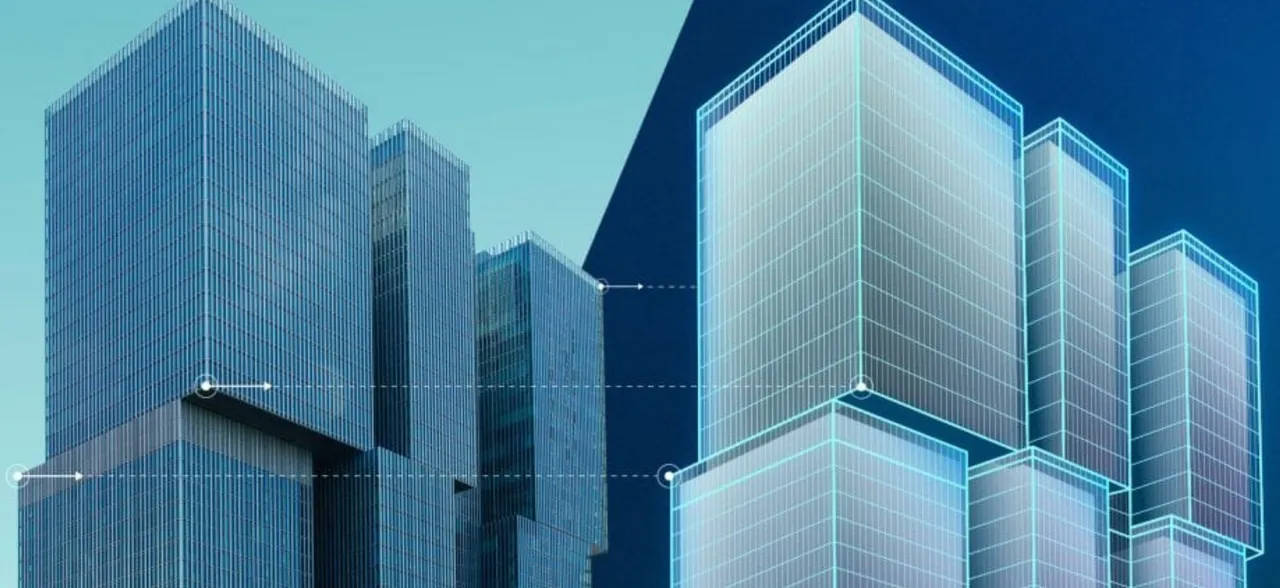
Technology is unlocking new dimensions of understanding and engagement. One such game-changer is the fusion of 3D LiDAR scanning and the creation of digital twins. These innovative technologies are revolutionizing the way property owners perceive, manage, and interact with their assets. In this blog, we delve into the remarkable benefits of 3D LiDAR scanning and…
-
Unveiling the Power and limits of LiDAR Scanning in Construction
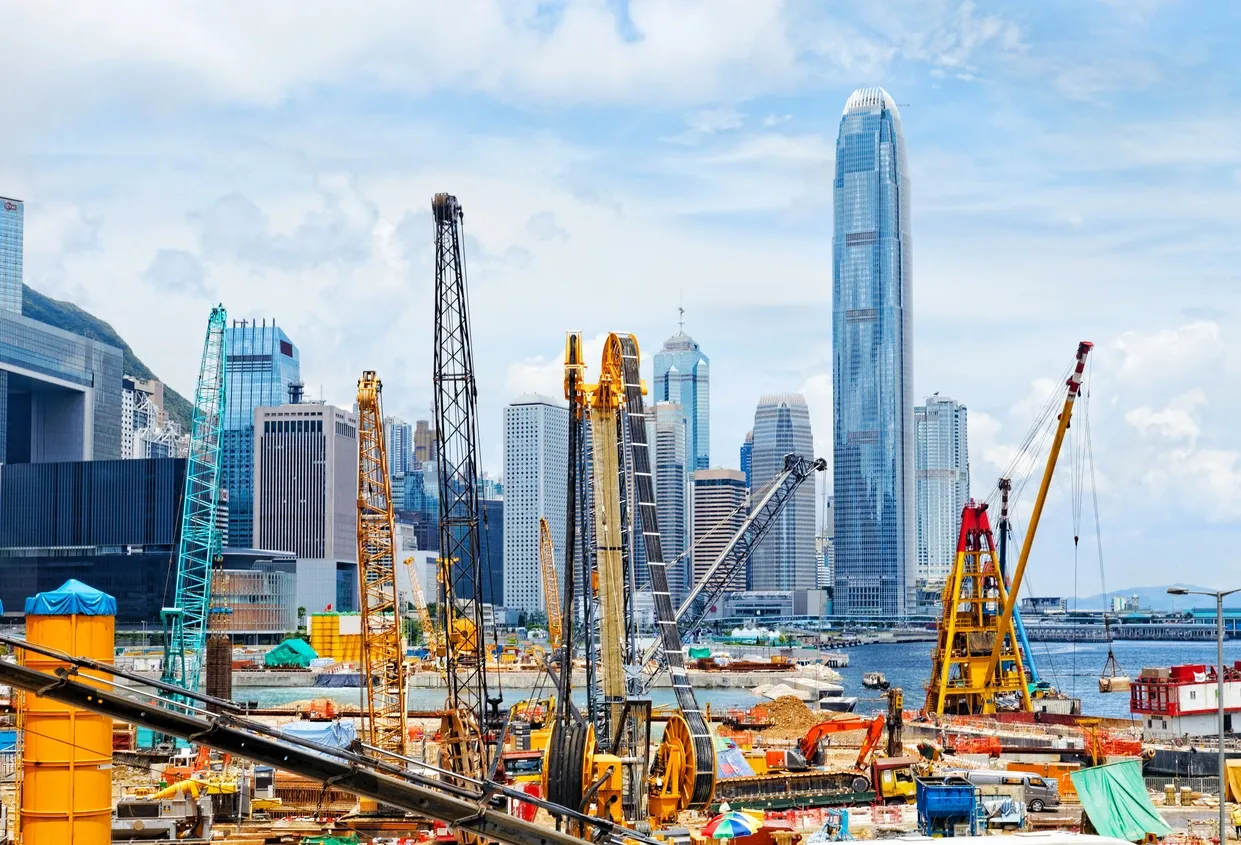
In the ever-evolving landscape of construction, precision and efficiency are the cornerstones of success. Amidst this pursuit, LiDAR (Light Detection and Ranging) laser scanning has emerged as a transformative technology, revolutionizing how we capture, analyze, and leverage spatial data. This article delves into the remarkable benefits of LiDAR laser scanning in construction while also illuminating…
-
Navigating the Cost Variables of 3D Scanning a Construction Site

In the realm of modern construction, precision and accuracy are paramount. Enter 3D scanning technology, a game-changer that has revolutionized the way we capture and analyze spatial data. Whether it’s ensuring structures align with designs, detecting clashes between elements, or enhancing project documentation, 3D scanning is reshaping the industry. However, like any powerful tool, it…
-
Unveiling 3D LiDAR Scanning: Enhancing FF/FL and Heatmaps
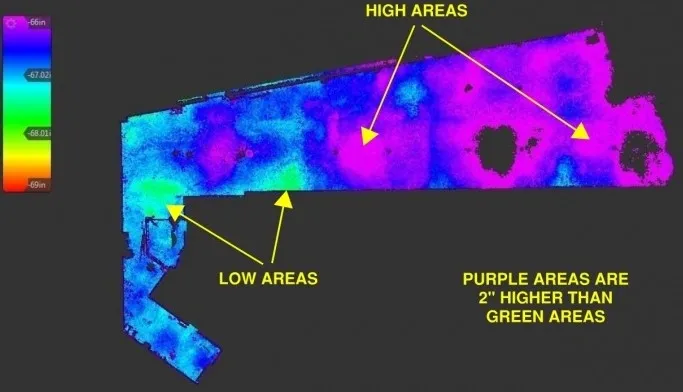
Unveiling the Power of 3D LiDAR Scanning: Enhancing FF/FL and Deviation Heatmaps for Concrete Substrates The world of construction and architecture is constantly evolving, with technological advancements paving the way for more accurate and efficient practices. One such innovation is the use of 3D LiDAR (Light Detection and Ranging) scanning in the construction industry. This…
-
Bridging the Gap: How 3D Scanning Helps Catch Problems Early

How 3D Scanning Helps Catch Problems Between Field and Design on a Construction Project Introduction In the dynamic world of construction, the seamless coordination between the field and design teams is essential for project success. However, discrepancies between the construction site and the original design can often lead to costly errors and delays. This is…
-
QA and QC: How 3D Scans can help save time, money and headaches

Accurate As-Built Documentation 3D scanning captures highly precise as-built documentation of the construction site, providing an exact digital representation of the physical environment. This data can be compared to the original design plans or BIM models, making it easier to identify even the smallest deviations or discrepancies between the intended design and the constructed reality.…
-
Empowering the Construction Industry: The 3D Laser Scan
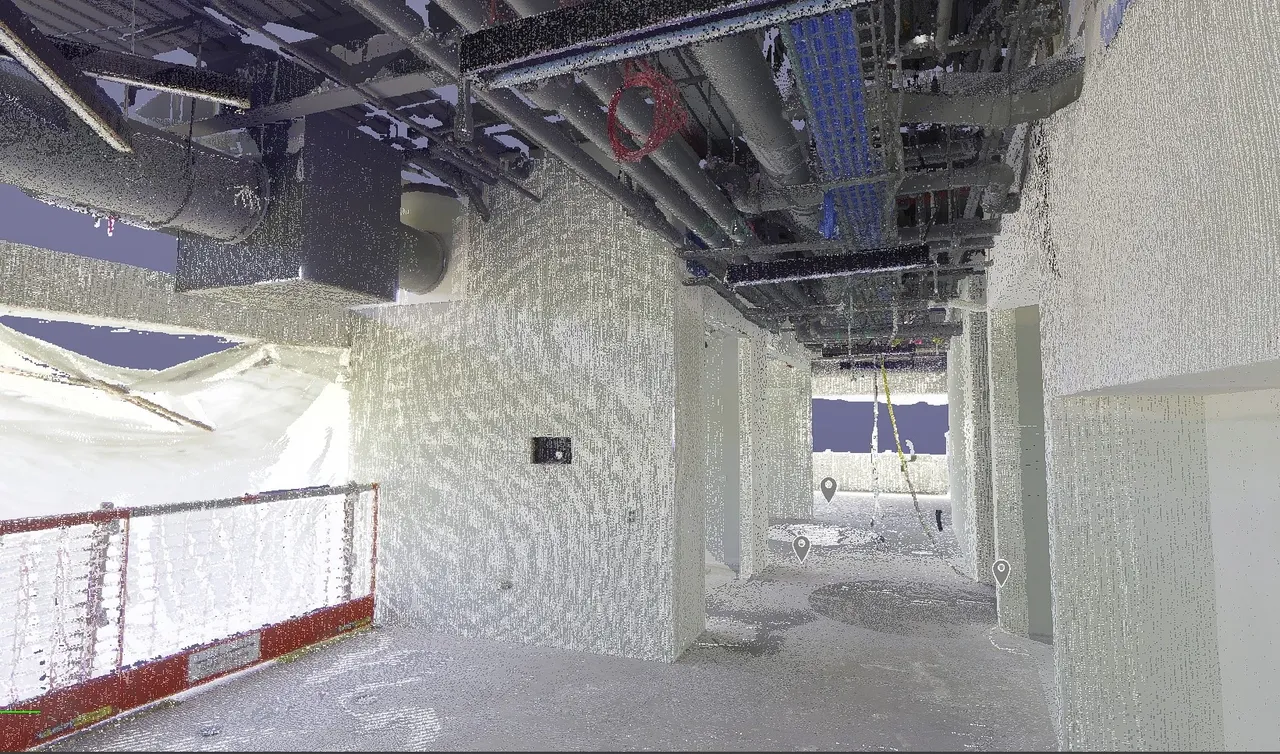
How 3D Laser Scanning with LiDAR Enhances Efficiency Through Point Clouds and Digital Twin Creation. Introduction The construction industry is no stranger to technological advancements that streamline processes and improve project outcomes. One such groundbreaking innovation is 3D laser scanning using LiDAR (Light Detection and Ranging) technology. This revolutionary approach allows construction professionals to create…
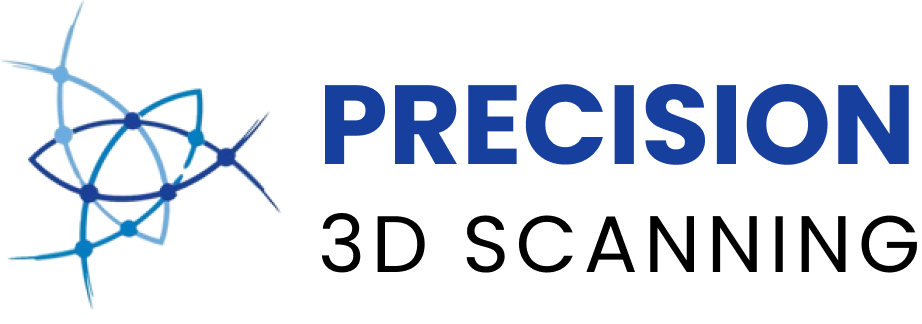
Revolutionizing the Construction Industry with Point Cloud 3D Scans